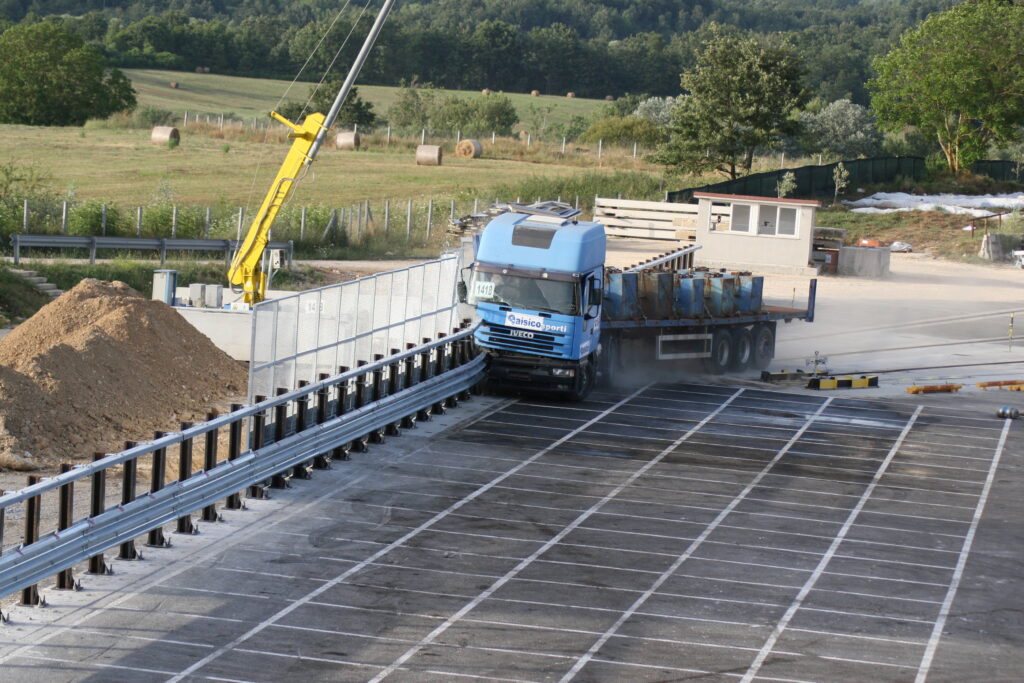Crash Standard (TW3)

EN 1317 provides for impacts with impact angles of 15 and 20 degrees, considering them to be sufficiently precautionary compared to the angles of impacts occurring on roads.
The assessment is made in terms of energy. But would a vehicle impacting a barrier with a lower energy than EN 1317, but, for example, at a greater angle, be contained by the barrier? Are the barriers designed only to withstand impacts with the angles provided in the standard, or can they provide acceptable performance even for impacts of lower energy but with greater angles?
Also, are the containment classes provided in EN 1317, in light of 30 years of experience, adequately calibrated? For example, is test TB81, provided for class H4, which develops a nominal energy of 724 KJ, actually significantly more critical than test TB61, provided for class H3, which develops a nominal energy of 462 KJ?
From examining hundreds of crashes and with the help of a virtual crash test campaign after calibration of real tests, Intoroads is analyzing the behavior of barriers put on the market in the last 30 years with different but still representative test scenarios.